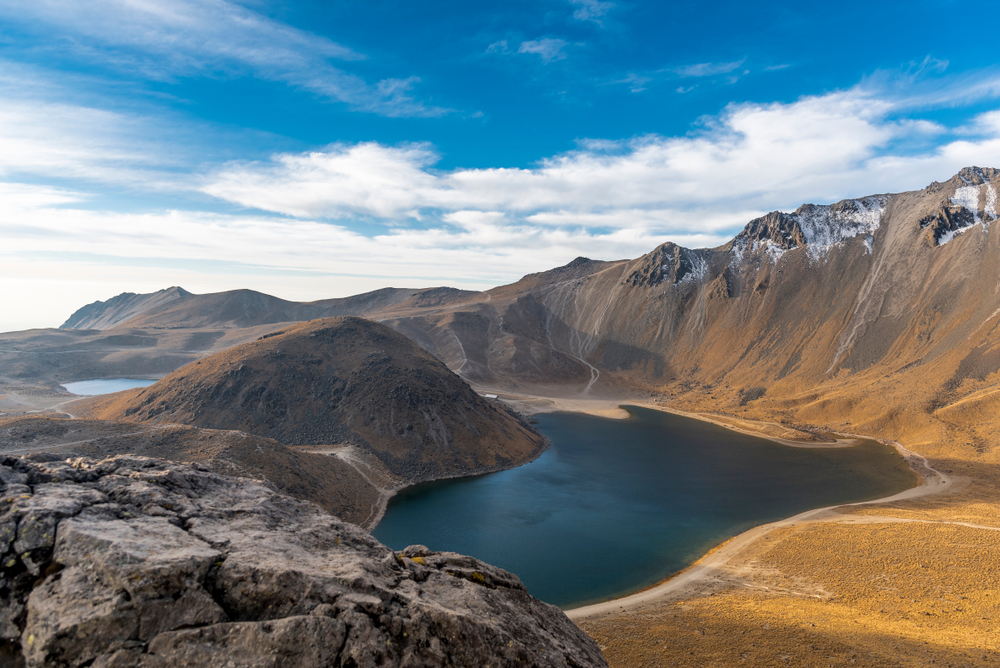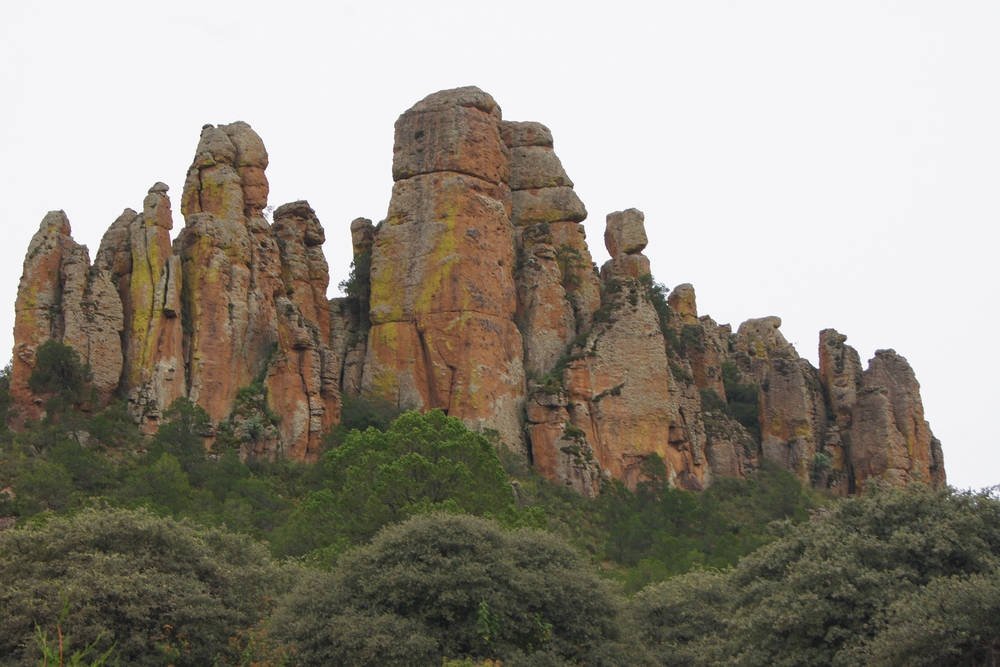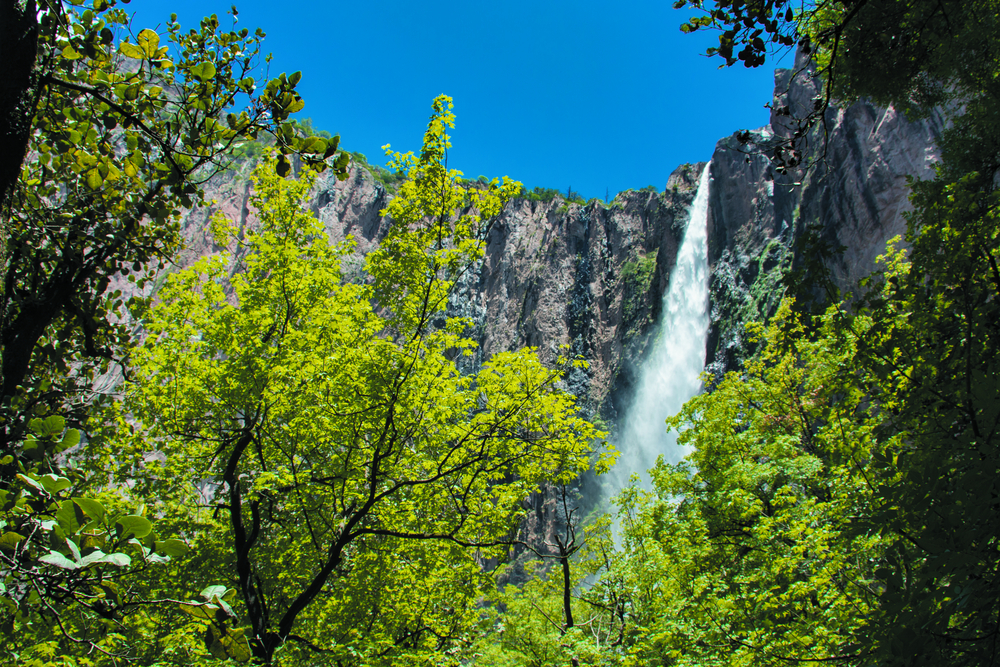Sistema Arrecifal Veracruzano National Marine Park Overview
The Sistema Arrecifal Veracruzano National Marine Park (Veracruz Reef System National Park) is a marine protected area located in the Gulf of America, off the coast of Veracruz, Mexico.
Known in Spanish as Parque Nacional Sistema Arrecifal Veracruzano, the park covers approximately 1,623 square kilometers (627 square miles) and is one of the most significant coral reef ecosystems in the western Gulf of Mexico.
It is part of the Mesoamerican Barrier Reef System and plays a crucial role in marine biodiversity, conservation, and local livelihoods. The park encompasses several islands, reefs, and shallow lagoons, offering a variety of underwater landscapes, from coral gardens to sandy seabeds.
The park’s terrain is dominated by a vast network of coral reefs, sandbanks, and submerged shoals. Some of the most notable reefs within the park include Anegada de Adentro, Anegada de Afuera, Isla de Enmedio, and Isla Verde.
The coral formations provide habitat for an abundance of marine life, while the surrounding waters boast crystal-clear visibility, making it an excellent destination for diving and snorkeling. Seagrass beds and mangrove forests along the coastline serve as vital breeding and feeding grounds for various aquatic species. The underwater topography varies from shallow, reef-fringed lagoons to deeper drop-offs that attract larger marine life.
The wildlife of the Veracruz Reef System National Park is diverse, with over 500 species of fish, 84 species of coral, and a variety of marine mammals, sea turtles, and seabirds. Visitors might spot angelfish, parrotfish, barracudas, groupers, and even nurse sharks patrolling the reef. Several endangered species, including the hawksbill and loggerhead sea turtles, use the park’s reefs and seagrass beds for feeding and nesting.
Bottlenose dolphins are commonly seen in the open waters, while manatees occasionally appear in the park’s coastal areas. Among the bird species, frigatebirds, brown pelicans, and herons are often observed resting on the small islands and mangroves.
One of the most popular features of the park is its vibrant coral reef system, which attracts thousands of divers and snorkelers each year. Sites such as Isla de Enmedio and Isla Verde are particularly renowned for their clear waters and abundant marine life.
Shipwrecks scattered throughout the area also add an element of historical intrigue, drawing underwater explorers. The park’s islands and beaches, like those on Isla Sacrificios and Isla de Enmedio, offer picturesque spots for relaxation and birdwatching. The park is also an important area for scientific research, with conservation organizations actively monitoring the reef’s health and biodiversity.
Visitors can experience the park in a variety of ways, including scuba diving, snorkeling, kayaking, and boat tours. The reefs’ proximity to the city of Veracruz makes it an accessible destination for marine enthusiasts of all levels.
Eco-tourism activities, such as guided snorkeling excursions and wildlife-watching tours, provide insight into the park’s delicate ecosystem. Fishing is strictly regulated, but sustainable sport fishing opportunities exist in designated areas. Educational programs and marine conservation workshops help raise awareness about the importance of protecting the reef system.
Despite its ecological significance, the park faces conservation challenges, primarily due to climate change, pollution, and overfishing. Coral bleaching events, driven by rising sea temperatures, pose a severe threat to the reef’s health.
Urban runoff from the nearby city of Veracruz contributes to water pollution, affecting coral growth and marine life. Illegal fishing and coastal development also add pressure to the fragile ecosystem. However, conservation efforts, including the establishment of marine protected zones, coral restoration projects, and community-based initiatives, have helped improve the park’s resilience.
The Mexican government, alongside local and international conservation groups, continues to implement strategies to safeguard the marine biodiversity of this essential ecosystem.















































































